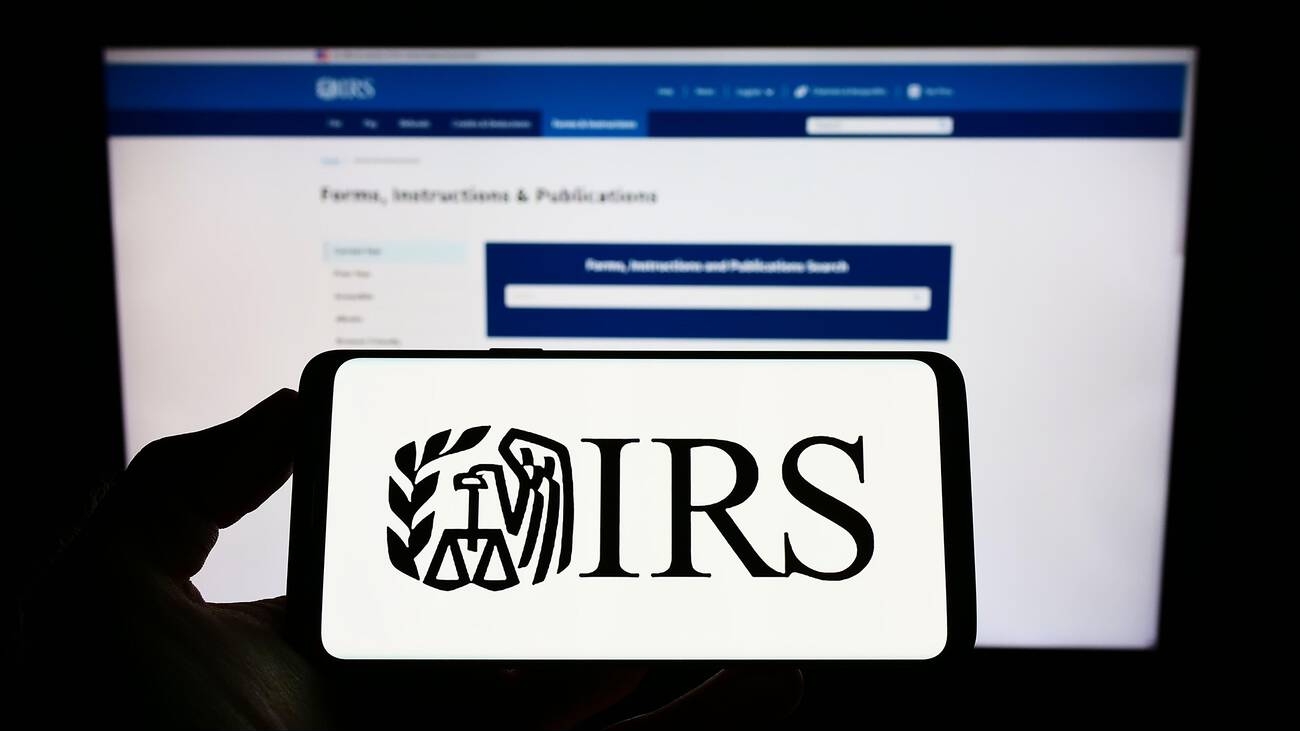Employers are often searching for the “latest and greatest” ways to reward employees with fringe benefits, but one of the best options has been around for seemingly forever: employer-paid group-term life insurance coverage. Not only can it provide tax-favored coverage for employees across-the-board, an employer can carve out extra benefits for certain higher-ups.
As you might imagine, employer-paid group-term life insurance is a form of term life insurance protection for a group of employees. Because employees are insured as a group, the overall cost is less expensive than it would be for individual policies.
The coverage must be offered to all eligible employees (e.g., those who have worked a certain number of hours per week or been employed a specified length of time). A participating employee continues to be covered as long as they remain employed by the company.
The exact details of employer-paid group-term life insurance can vary, but typically the benefit is based on a multiple of the employee’s salary. The employer can exclude other forms of compensation, such as bonuses and commissions. For example, if an employee has a salary of $100,000 a year discounting a $5,000 year-end bonus and the applicable multiple is four, coverage is extended for a death benefit of $400,00
One important advantage is that participants generally don’t have to go through the lengthy underwriting process. This can be beneficial for those who have a history of health problems. With an employer-provided group-term plan, all eligible employees are covered, regardless of their health status. However, underwriting may be required if an employees chooses to add life insurance protection.
Key tax break: Under a long-standing tax code provision, an employer may provide an employee of up to $50,000 of group-term life insurance coverage without any federal income tax repercussions, but any excess is taxable. The taxable portion of this fringe benefit is reported as taxable compensation on Form W-2. This amount, which is subject to payroll taxes as well as income tax, is based on IRS tables reflecting the employee’s age and is generally reasonable.
Because group-term is tied to employment, coverage automatically ends if the employee quits, retires or is fired for good cause. Some policies permit a departing employee to convert to an individual permanent life insurance policy. but the cost may be higher.
Finally, if a company offers more favorable benefits to officers, highly compensated individuals (HCEs) or 5%-or-more business owners, the first $50,000 of coverage constitutes a taxable benefit to them. Better approach: You can use a “carve-out plan” where high-ranking employees can opt to acquire permanent life insurance on their own.
Be aware that carve-out plan arrangements are complex and require professional assistance, Consult with a benefits specialist for more details.
Thanks for reading CPA Practice Advisor!
Subscribe Already registered? Log In
Need more information? Read the FAQs
Tags: Income Taxes





